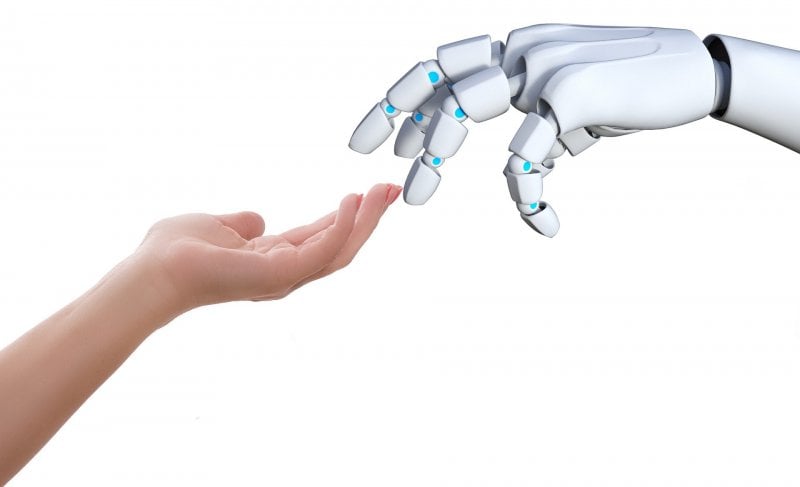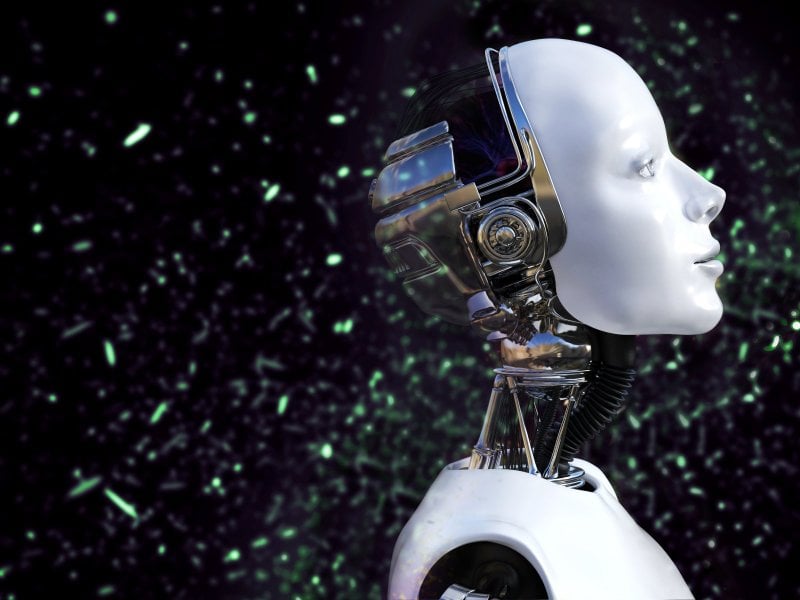The Rise of Robotics

The rise of robotics in our everyday lives is no longer the stuff of sci-fi movies. Neither is it to be feared. This exciting blog will touch upon the history of robotics, its impact on society and what can be expected in the future. Readers can discover which industries have benefited the most from robotics and, in particular, their invaluable inclusion in the medical field. Robotic arms have a greater range of movement than the equivalent human arm and hand, allowing for complex surgery techniques. The latest innovations include talking, humanoid robots that can actually detect a person's emotional state and converse appropriately.
How Robotics Feature In Your Everyday Life
21 Jul 2021

We’ve all heard of robots. Some may relate to robots as the mechanical creatures of so many science-fiction movies, created by their masters to perform superhuman tasks. Even the word robot was first used in a play in 1921.
The reality, though, is that robots have been a part of real-life, your life, for a lot longer than you think.
How Long Have Robots Been Around?
The concept of robots is by no means recent. It even predates civilization as we now know it. Let’s have a look at some recorded instances of early robots.
- 3rd Century BC - A Chinese artificer, Yan Shi, presented the King with a life-sized mechanical replica of a human.
- 1206 AD - automated wooden animals are produced.
- 1495 - Leonardo da Vinci designs and produces the first working human-like robots.
- 1921 - The humanoid robot makes its stage debut in Rossum’s Universal Robots.
By the 1930s the fascination with human-like robots had taken off. A working example was shown to a curious audience at the 1930 World’s Fair. The world began looking for more practical use for robots, after all, the very name stems from the Slavic “robota”, meaning slave.
Modern Robots And What Could Lie Ahead
By the mid-sixties, electric and pneumatic robots had become commonplace in factories, most notably in car manufacturing plants. The robots performed various duties such as welding, painting, and even assembly. They could work in the dark, and handle items too hot or cold for human safety.
The integration of visual technology, as well as the advances in artificial intelligence, have led to massive improvements in the capabilities and efficiency of robotics.
Robots assist surgeons to perform operations through smaller cuts with much more delicate and precise tools. People don’t need to be cut open anymore. It started with small surgeries like appendectomies but now includes removing organs like the gall bladder through the navel leaving no scar.
Robotics have been used to defuse bombs with humans at a safe distance. Again, a robot’s dexterity is a big plus in these cases. An unmanned robot, the Mars Rover, is also the only way we will see the surface of the red planet until we make it there someday.
The future is in robotics but some might say we are already living in a time when we don’t have to do anything for ourselves anymore. Things like online slot trackers act the same way robots would in keeping track of your spins in real-time. Even slot players no longer need to track slots themselves.
You might be looking forward to a robot that can drive you around or bring you a beer but there are concerns though, particularly in the workplace. The capability exists right now to render more than half the available jobs on the planet redundant. No one can imagine what the workplace will develop into in the next few years.